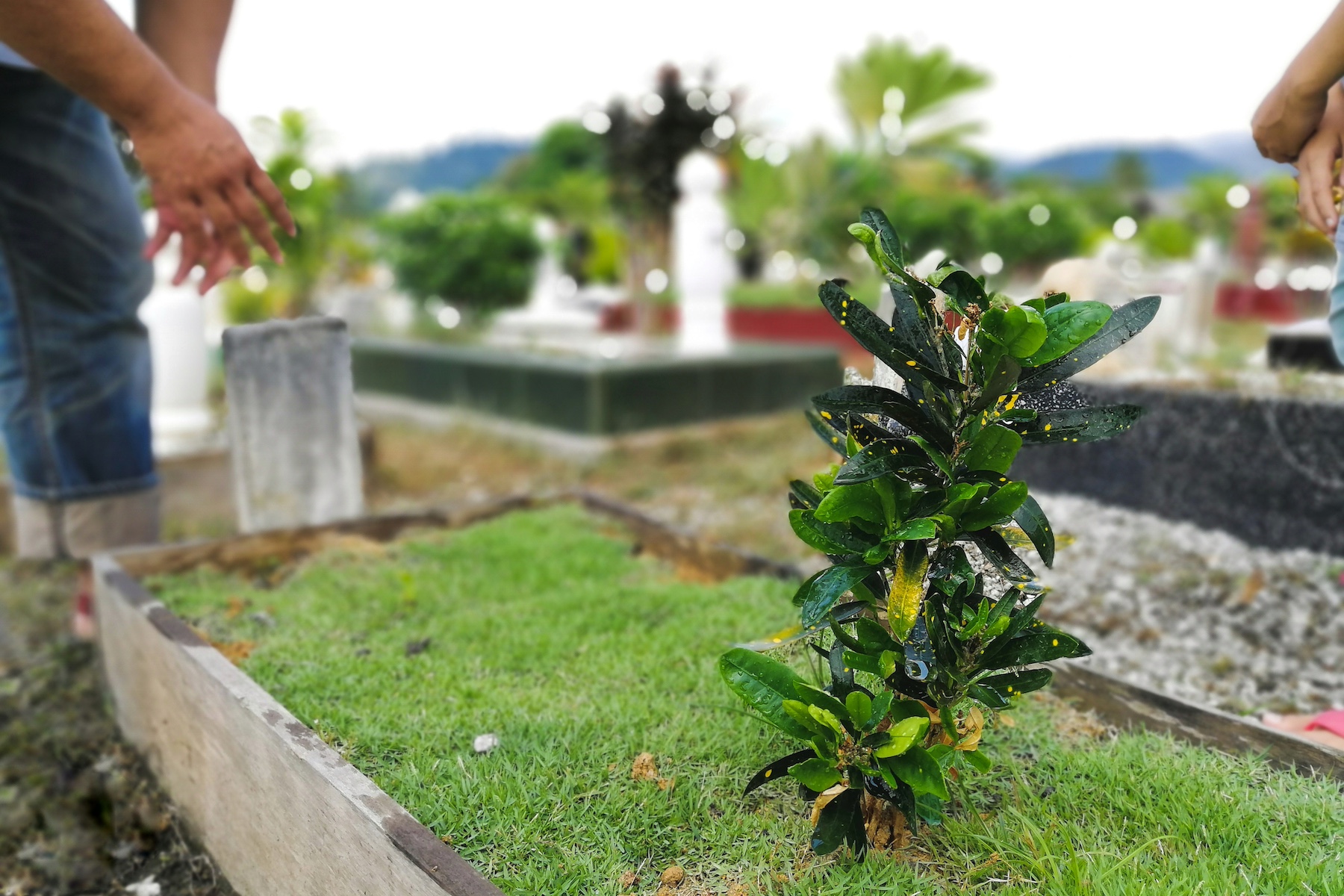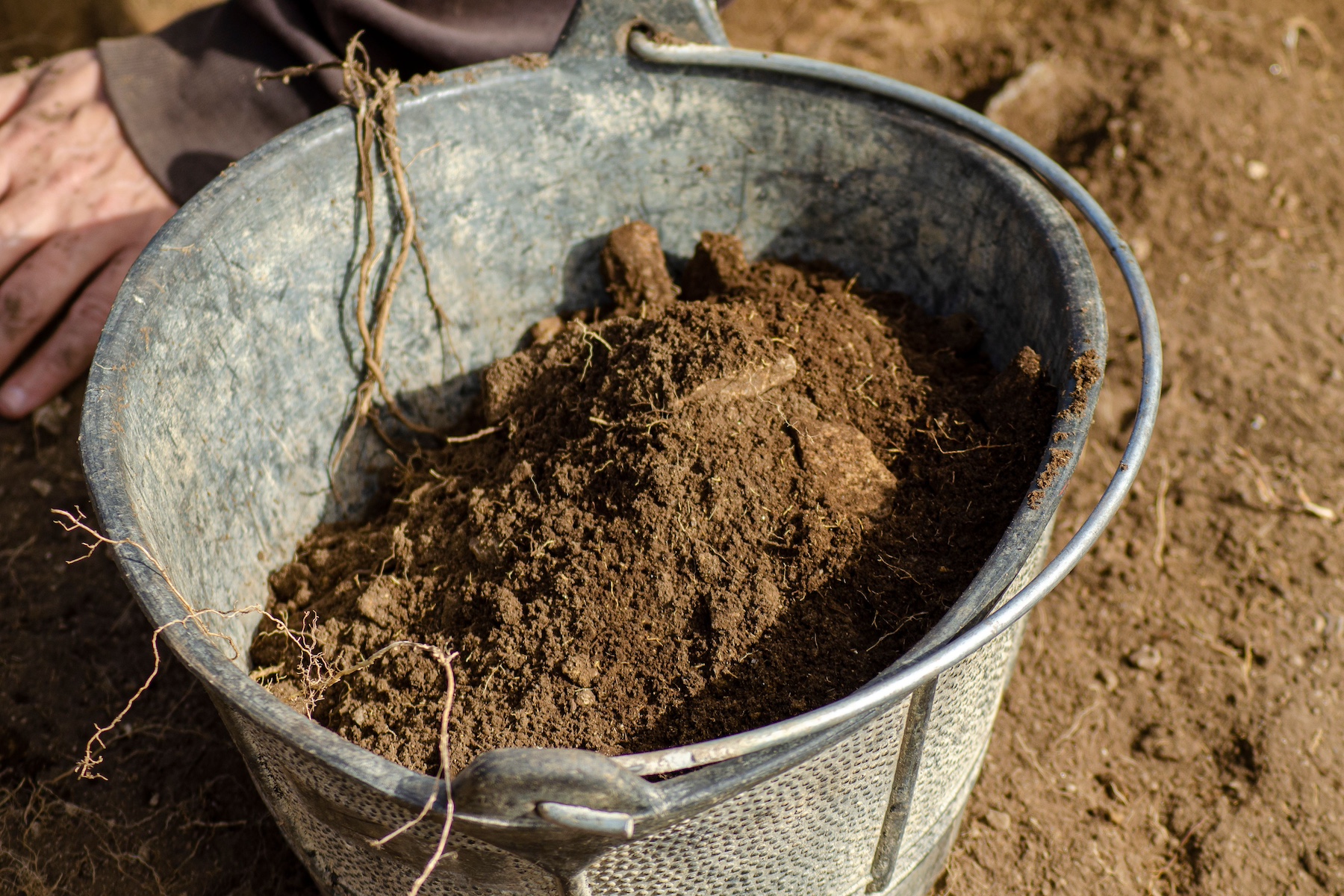When people think of direct cremation, burial isn’t the first thing that comes to mind. But in actuality, about a third of cremated remains end up being buried. Where they are buried largely comes down to options in the immediate area. But today those options have expanded. In addition to traditional cemeteries that everyone has seen, there are also green cemeteries and conservation cemeteries.
Keep reading for a quick yet thorough breakdown of each type of cemetery.
Features of Traditional Cemeteries
A traditional cemetery is what people are most familiar with today because they are the most common. There’s a traditional cemetery in every city where traditional burials take place. A traditional burial is one that includes a casket with materials that aren’t biodegradable, the body has been preserved with embalming fluid and there are no restrictions due to ecological concerns.
That’s not to say there aren’t restrictions and regulations. With traditional burials another distinction is the use of concrete liners. These are usually required, with the cemetery citing concerns about the grave caving in and damaging the casket.
Example: San Fernando Cemeteries are traditional cemeteries in San Antonio that have burial plots for cremated remains as well as columbarium niches.
Green Cemetery Specifics
Green cemeteries only allow natural burials that won’t harm the surrounding environment. That means bodies are placed in biodegradable containers like a wicker basket, cloth shroud or pine casket. Grave liners aren’t a concern because the point is for everything to go back into the earth.
One shared rule among green cemeteries is no embalming fluid. Traditional burials with viewings and funeral services often involve the use of embalming fluid to preserve the body and give it a more lifelike appearance. That preservation comes at a cost. The vast majority of embalming fluids are highly toxic and contain formaldehyde.
Something that is different about a green cemetery is it can be a stand alone site or it can be a segment of a traditional cemetery.
Example: Mountain Creek Cemetery is a green cemetery located just outside of Dallas in Grand Prairie, TX. It’s certified by the Green Burial Council, but it’s a hybrid cemetery that allows headstones and has a mausoleum.
Unique Factors of Conservation Cemeteries
A conservation cemetery is much like a green cemetery in the burial practices that are followed, however there are a few distinct features that make this type of cemetery unique. The first unique factor is that a conservation cemetery is located on conservation land. This type of land has special easements and the uses are limited. The primary goal is to preserve and protect the land.
A conservation cemetery also has to be certified by an entity like the Green Burial Council. Earning the special designation is what separates conservation cemeteries apart.
Example: Nature’s Burial in Waller County just outside of Houston is the only conservation cemetery in the state of Texas.
Cremated remains can be buried in any type of cemetery, however, there may be certain criteria that have to be met. If you have questions about this or any other aspect of direct cremation, call or text our team.



